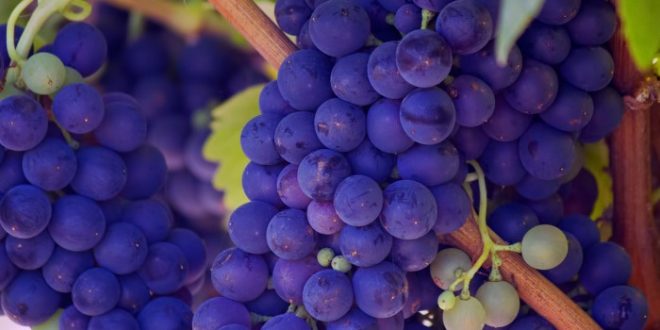From August 1st 2012 the term “Organic wine” will be permitted for use on wines meeting certain standards.
What is organic wine?
Previously EU “organic” wines only referred to way the grape was grown and they were only permitted to use the term “wine made from organically grown grapes”. This is because although the grapes are grown organically, when the wine is being made the addition of chemicals is permitted. For a wine to meet the new regulation and be able to display this term on its label it must have a reduced sulphite content
Look out for “EU Organic Wine” and the new EU Organic logo on the label.
Sulphites
Suphur Dioxide (SO2) is used as an antioxidant in wine, it is widely used across the food and drink industry. Sulphites are a natural product of the fermentation process, so some will always be present. Any wine above 10 ppm (parts per million) must be labelled “Contains Sulphites.”
Under the new EU rules for “organic wine” sulphite content is limited to 100 ppm for red wine (160 for non-organic) and 150 ppm for whites and rosés ( 210 for non organic). Some critics claim these limits to be too high. To put this in perspective, some food products have much higher levels, dried fruit can contain 1000 ppm.
A small percentage of the population can have reactions to sulphites, notably severe asthma sufferers. There is no definitive evidence that they cause headaches.
How does organic farming work?
Organic farming thrives on ‘biodiversity’ by allowing other plants to grow in and around the vineyard. Weeds are allowed to grow, therefore herbicides are not used, instead the soil is cultivated by planting over crops. The soil will be enriched naturally using composted animal manure and the inclusion of beneficial insects to keep the less helpful ones away. The grapes will then be hand – picked therefore only the healthiest will be used. Organic farming standards are assessed once or twice a year by an independent body of certification to ensure adequate levels are met.
 Vino-Club For Wine Lovers
Vino-Club For Wine Lovers






